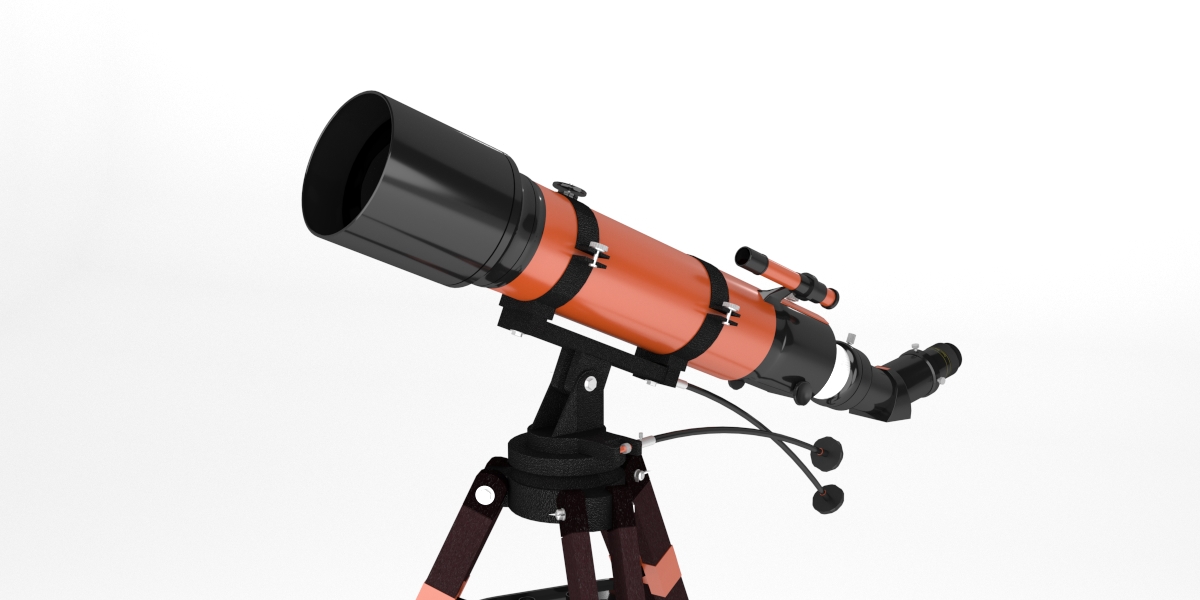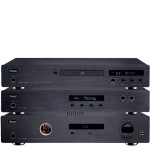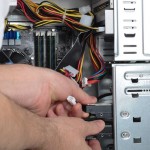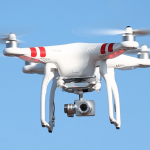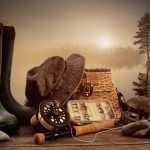
Telescopes Explained: Beginner’s Guide
Come to think of it, a telescope is an original idea for a gift, and it would especially very much excite young boys or girls that are into science and astronomy. They have the whole universe to delve into basically. Or maybe you want one for yourself, that’s a good idea too, exploring the skies with a telescope is as good a hobby as any. Here is a buying guide that’ll explain the basics of the workings of telescopes and astronomy, and will help you ultimately choose the kind of telescope that will best suit your needs. Oh and don’t miss out on those epic skywatching events!
The Budget:
The budget for a good quality telescope is substantial. Many decide to start with an inexpensive one so as to get an initial feel and then invest on a better one if they liked it. However, these inexpensive telescopes are often too low on quality that it may end up frustrating the user and make him/her reject astronomy as a hobby altogether. Thus, for a budget lower than 75 dollars, you might wanna start with binoculars instead, they are in significantly better quality than a telescope for the same price. With them, you can still learn the basics of astronomy and provide a good starting experience until you feel it is time to upgrade to a regular telescope when you have sufficient money.
The Mount:
Telescopes are usually mounted on a tripod. It needs to be heavy and solid so that the telescope would be stable, secure, and more easily transportable. Another affordable alternative would be the non-computerized altazimuth mount, although it is not exactly convenient for deep space observation. Its computerized counterpart have the interesting feature of being able to make use of coordinates to point exactly to the whereabouts of the wanted space object to observe.
The most sophisticated mount is the equatorial mount. It can track objects (manually or through a motor) while taking into consideration the Earth’s rotation, compulsory for viewing objects over time. Equatorial mounts have a noteworthy additional cost and are thus best reserved for more experienced users.
Let us look now at the different characteristics and parts of a telescope that are important to consider when buying one:
1- The Aperture
The telescope’s aperture is the crucial thing to consider when looking for a telescope. In simple words, the aperture is the diameter of the lens/mirror located inside the telescope. The lens or the mirror is the part that collects the lights and direct it into your eye. Basically, with a bigger aperture, the lens/mirror can collect more light and the sky will appear to you brighter and sharper. It does not mean however that a bigger aperture results necessarily in a better telescope as its size and weight gets also bigger and heavier. So you’ll need to have the right conditions for you to have a large telescope; that is a lot of available space and enough room to store it someplace. If you happen to live in the city and need to carry around your telescope someplace else, a large telescope can prove quite troublesome; opting for a smaller and lighter telescope would be a more convenient choice.
On the matter of the eyepieces, they can be switched out depending on how you want to adjust the telescope. The aperture, while it doesn’t have any magnifying feature, does have on the other hand an influence on which eyepieces you should install.
2- The Field of View
It is the width of the resulting image through the telescope. You can calculate it using the particular specifications of the telescope that are the equipment’s power and its focal length and the focal length of the eyepiece. The ideal field of view depends actually on the objects you want to observe.
3- The Magnification (Power)
The power magnifying what you can see through a telescope depends on the eyepiece. It actually comes in different sizes. It is advised to buy the eyepieces after you get the telescope so as to make sure it fits perfectly the equipment and basically test it out in terms of focal length and the resulting view before making a final decision.
You might think instinctively that the more powerful the eyepiece the better, but that power has to be within the limits of the telescope’s aperture. A 50x per inch of the aperture is customarily recommended by astronomers. To go beyond that will blur the resulting view.
Another important factor here is the quality of the optics. A powerful magnifier would be indeed rendered completely useless if the optics of the telescope can’t handle such power.
There are 3 different types of optical telescopes:
1- The Refracting Telescope
This is the traditional telescope type and you’ll surely recognize its classic design. There’s of course inside the enclosed tube the lens that collects the light, which is great since the tube won’t allow dust in and you won’t need much maintenance, not to mention it will make the telescope more durable. You’ll find also the eyepiece lens on the end of the telescope. Refracting telescopes are well reputed for displaying great detail when observing the moon and planets.
All in all, the advantages of a refracting telescope are its detailed display over very far distances and the little maintenance it requires. On the other hand, this type of telescope is quite expensive due to the size of the aperture. A smaller aperture does not work great over faint or deep sky observations.
2- The Reflecting Telescope
Reflectors differ from refractors in that they have 2 mirrors installed instead of a lens. Which means that the image is created by allowing light through the aperture on one end of the tube, then that light is reflected by a first curved mirror to a second flat mirror close to the aperture, where the image is ultimately magnified and sent to the eyepiece. Reflectors have a better ability in viewing fainter objects thanks to a generally larger aperture. They are also smaller than refractors, which makes them convenient to carry around. You can also mount the equipment to make it more secure and more comfortable for you to use.
There are actually variants of reflecting telescopes with changing configurations concerning the eyepiece and the secondary mirror. Special mention to the Dobsonian telescope that creates quite the spectacular images, although it is a rather large equipment.
All in all, the reflecting telescopes are appreciated for their large aperture, which size is actually comparatively less expensive, for their convenient weight and size, and also for their stability. The optics need however to be regularly maintained, as well as the 2 mirrors that can eventually misalign.
3- The Catadioptric Telescope
The catadioptric telescope is basically a combination of a reflector and a refractor by having both a lens and 2 mirrors. It works thus like a reflector, only the light passes through first a correcting lens before going to the curved primary mirror. As a result, the image has some pretty amazing details for such a relatively small equipment. The catadioptric telescope also inherits the refractor’s enclosed tube, which makes the inside less exposed to dust, although you would still need to clean it on occasions.
There are two main kinds of such telescopes, the Maksutov-Cassegrain and the Schmidt-Cassegrain. The former has a comparatively smaller secondary mirror and a thicker lens than the latter, which makes the Maksutov a little bit heavier but with a slightly better image too.
All in all, the catadioptric telescope has a large aperture, it is best used for astrophotography, and it doesn’t let in much dust. On the downside, it is more expensive than a reflector and the lenses need to be accurately aligned.
Additional tips:
Naturally, owning a telescope would only be a decorative artifact if you don’t know how to use it. You need to be able to identify constellations so as to use them as landmarks to find other objects. Learning that is not very challenging but will require some effort. You can join if you want an astronomy club and get advices and helping demonstrations from more experienced members. Another type of help you can get is from beginner’s astronomy books that’ll get you acquainted with the basic concepts.

